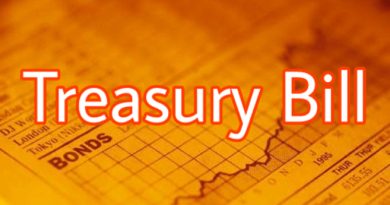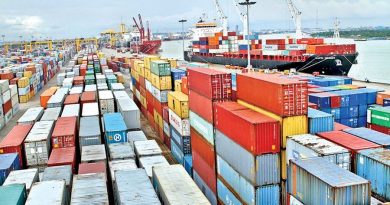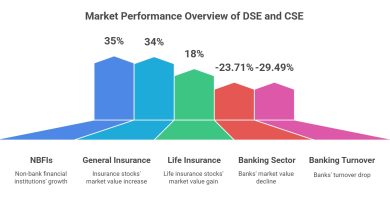Bangladesh’s economy displayed signs of external stability in August 2025, with inflation easing and foreign exchange reserves strengthening. But weaknesses in private investment, revenue mobilisation, and development spending continue to pose significant challenges, according to a government report.
The latest monthly economic update by the General Economics Division (GED) of the Planning Ministry said headline inflation eased to 8.29 percent in August — the lowest since July 2022 — after a year of volatility that pushed consumer prices into double digits from July to December 2024.
Non-food inflation fell below 9 percent for the first time in 20 months, while food inflation held steady at 7.6 percent for three consecutive months, sharply down from a peak of 14 percent in July 2024.
Rice remained the main driver of food inflation, accounting for nearly half of the August figure. GED noted that government procurement of 1.7 million tons of Boro rice, duty-free imports of 0.5 million tons, and expanded public food distribution programmes are expected to ease price pressures in the coming months. But it added that delays in monitoring and policy adjustments prevented an earlier stabilisation of prices.
External Front Stronger
On the external side, performance was more encouraging. Export earnings crossed the $4 billion mark for several consecutive months, reaching $4.77 billion in July. The exchange rate remained steady at Tk 121–122 per dollar, while foreign exchange reserves climbed to $31.17 billion in August from $24.86 billion a year earlier.
“The external sector is showing resilience and providing a strong buffer against trade shocks and external debt obligations,” GED said.
Domestic Sector Under Stress
In contrast, the domestic financial sector painted a weaker picture. Private sector credit growth slumped to 6.49 percent in June 2025 — the lowest on record and far below Bangladesh Bank’s target. Businesses remain hesitant to borrow due to high lending rates, political uncertainty, and cautious banking practices.
Public sector credit, however, rose by 13.09 percent during the same period, reflecting the government’s reliance on bank borrowing to bridge its fiscal deficit. GED warned that this trend was “crowding out” the private sector and undermining future investment and job creation.
Revenue mobilisation also fell short. Collections in August reached Tk 27,162 crore, about Tk 3,727 crore below target, despite growing 17.6 percent year-on-year. The shortfall stemmed largely from weaker import duties and income tax receipts, with only local VAT showing notable improvement. Meeting the ambitious annual revenue target of Tk 4,99,000 crore will remain a major challenge, the report cautioned.
Development Spending Lags
The report also highlighted weak development expenditure. Annual Development Programme (ADP) utilisation dropped to 2.39 percent of allocation in the July–August period of FY26, compared with 2.57 percent in the same period last year.
Although August spending improved marginally from the previous year (1.71 percent vs 1.52 percent), GED said early-year underperformance reflected persistent bureaucratic hurdles, delays in fund release, and implementation inefficiencies. Such back-loaded spending patterns, it warned, often reduce project quality and impact.
Outlook: Stable but Fragile
While lower inflation and rising reserves signal progress, GED said the economy remains vulnerable to internal weaknesses.
“The economy is showing resilience externally but risks remain high domestically. Without urgent measures to stimulate private credit, enhance revenue collection, and accelerate ADP implementation, medium-term growth prospects may weaken,” the report concluded.






